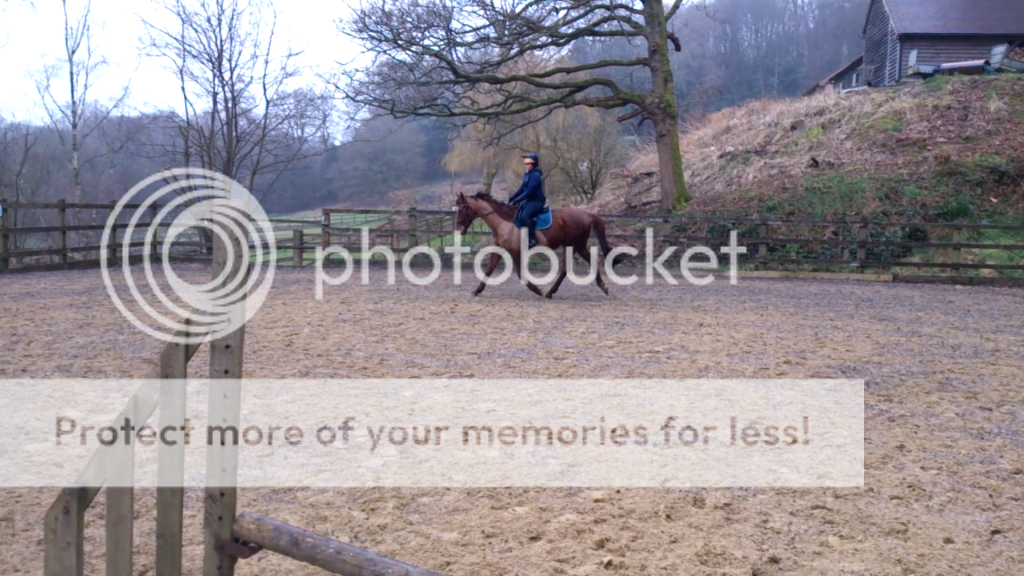wench
Well-Known Member
Just after anyone that may be able to help me with any tips!
Horse seems to like being Bitless better than with a bit, we are currently going through training with her new bridle and I'm impressed with the results.
However, how do you go about "training" a horse to work into a Bitless contact?
I've done a lot of work strengthening her top line and she will now work correctly in a bit.
Any tips for Bitless?
Horse seems to like being Bitless better than with a bit, we are currently going through training with her new bridle and I'm impressed with the results.
However, how do you go about "training" a horse to work into a Bitless contact?
I've done a lot of work strengthening her top line and she will now work correctly in a bit.
Any tips for Bitless?





